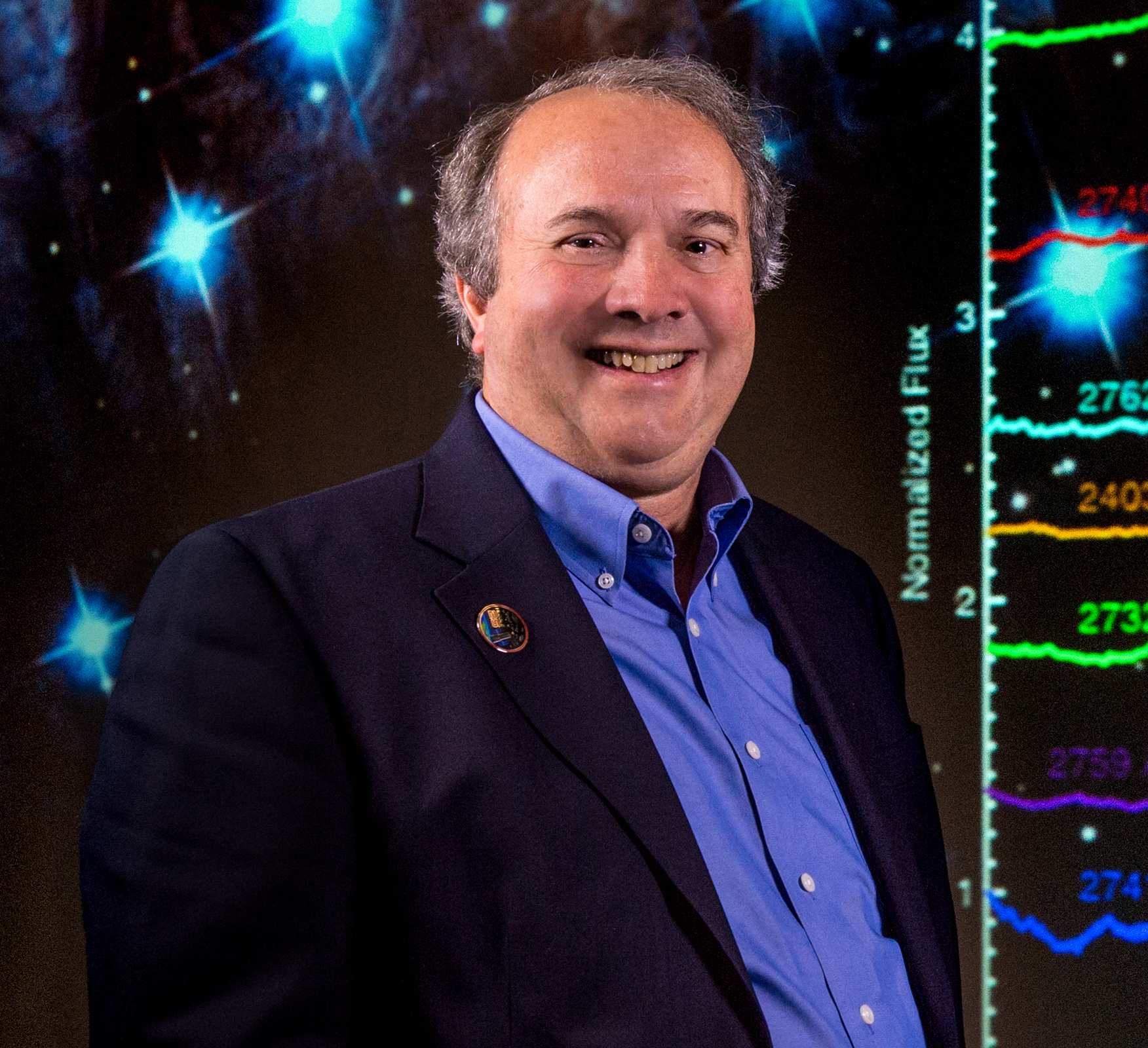Today, Ken Carpenter is a scientist for NASA’s Hubble and Roman space telescopes, but in 1967 he was just a teenager at his local library out to fact-check a “Star Trek” episode.
Name: Kenneth G. Carpenter
Title: Operations Project Scientist for Hubble Space Telescope; Ground System Scientist for Roman Space Telescope; and a NASA Innovative Advanced Concepts (NIAC) Fellow and Principal Investigator for the Artemis-Enabled Stellar Imager (AeSI) NIAC Study.
Formal Job Classification: Astrophysicist
Organization: Exoplanets and Stellar Astrophysics Laboratory, Astrophysics Division, Science Directorate (Code 667)
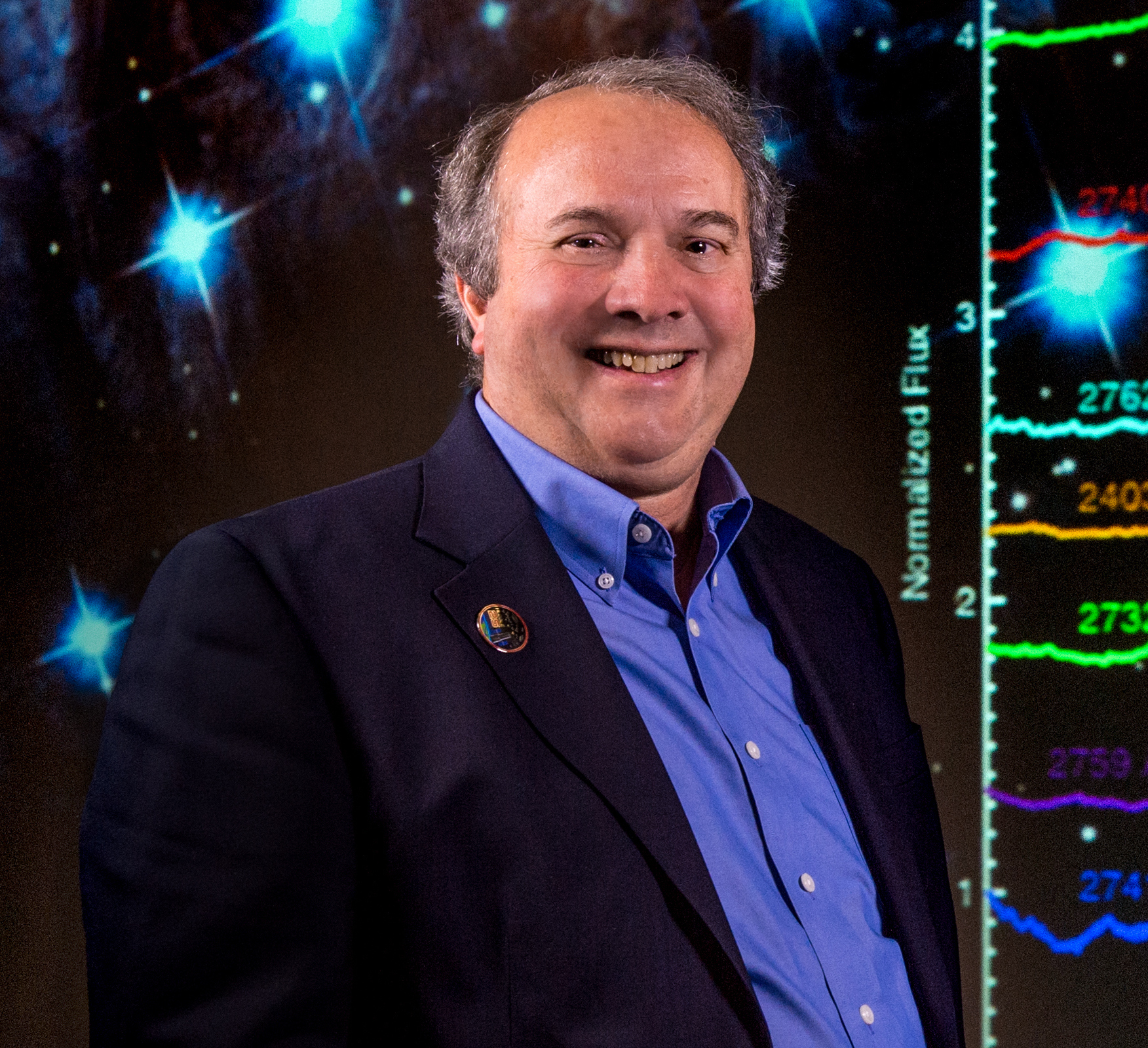 Ken Carpenter is an operations project scientist for Hubble Space Telescope; ground system scientist for Roman Space Telescope; and a NASA innovative advanced concepts (NIAC) fellow and principal investigator for the Artemis-Enabled Stellar Imager (AeSI) NIAC Study.NASA/Bill Hrybyk What do you do and what is most interesting about your role here at Goddard?
Ken Carpenter is an operations project scientist for Hubble Space Telescope; ground system scientist for Roman Space Telescope; and a NASA innovative advanced concepts (NIAC) fellow and principal investigator for the Artemis-Enabled Stellar Imager (AeSI) NIAC Study.NASA/Bill Hrybyk What do you do and what is most interesting about your role here at Goddard?
As the operations project scientist for Hubble Space Telescope, I represent the astronomical community to the project management and help ensure that Hubble produces the best quality science possible consistent with other project requirements like cost and schedule.
I am also the ground system scientist for Roman Space Telescope, a role that entails overseeing the design and operation of the ground system and advising management to ensure we maximize the science.
As a NIAC fellow and principal investigator for the AeSI mission concept study, I am studying the possibility of building a large baseline UV-optical interferometer on the lunar surface in conjunction with the Artemis campaign.
What is your educational background?
In 1977, I graduated from Wesleyan University with a bachelor’s and master’s in astronomy. In 1983, I graduated from The Ohio State University with a Ph.D. in astronomy. That same year, I took a post-doctoral research position at the University of Colorado in Boulder.
What brought you to Goddard?
While at the University of Colorado, my mentor told me about an opportunity at Ball Aerospace to help put a new detector into one of Hubble’s instruments. I helped calibrate that detector for the Goddard High Resolution Spectrograph (GHRS) while in my research position. As a result, the University of Colorado offered me a new position at Goddard to help coordinate the development of the GHRS ground system.
Doing the extra work for Ball Aerospace while with the University of Colorado was an unusual path to take, but it led to my job at Goddard. The lesson here is do not be afraid of an unusual career path because a nontraditional path may lead to a great opportunity.
What is the most interesting thing you do as the operations project scientist for Hubble?
I get to be deeply involved in one of NASA’s flagship missions and help astronomers all over the world explore the leading edge of astronomy. I agreed to take this position for only three years in the early ’90s, but it has remained so exciting, challenging, and rewarding that I am still involved today. Working for Hubble has been an amazing experience and a constant delight. Being involved with enabling Hubble’s ground-breaking science and astronomy has been extraordinarily rewarding for me for more than three decades now.
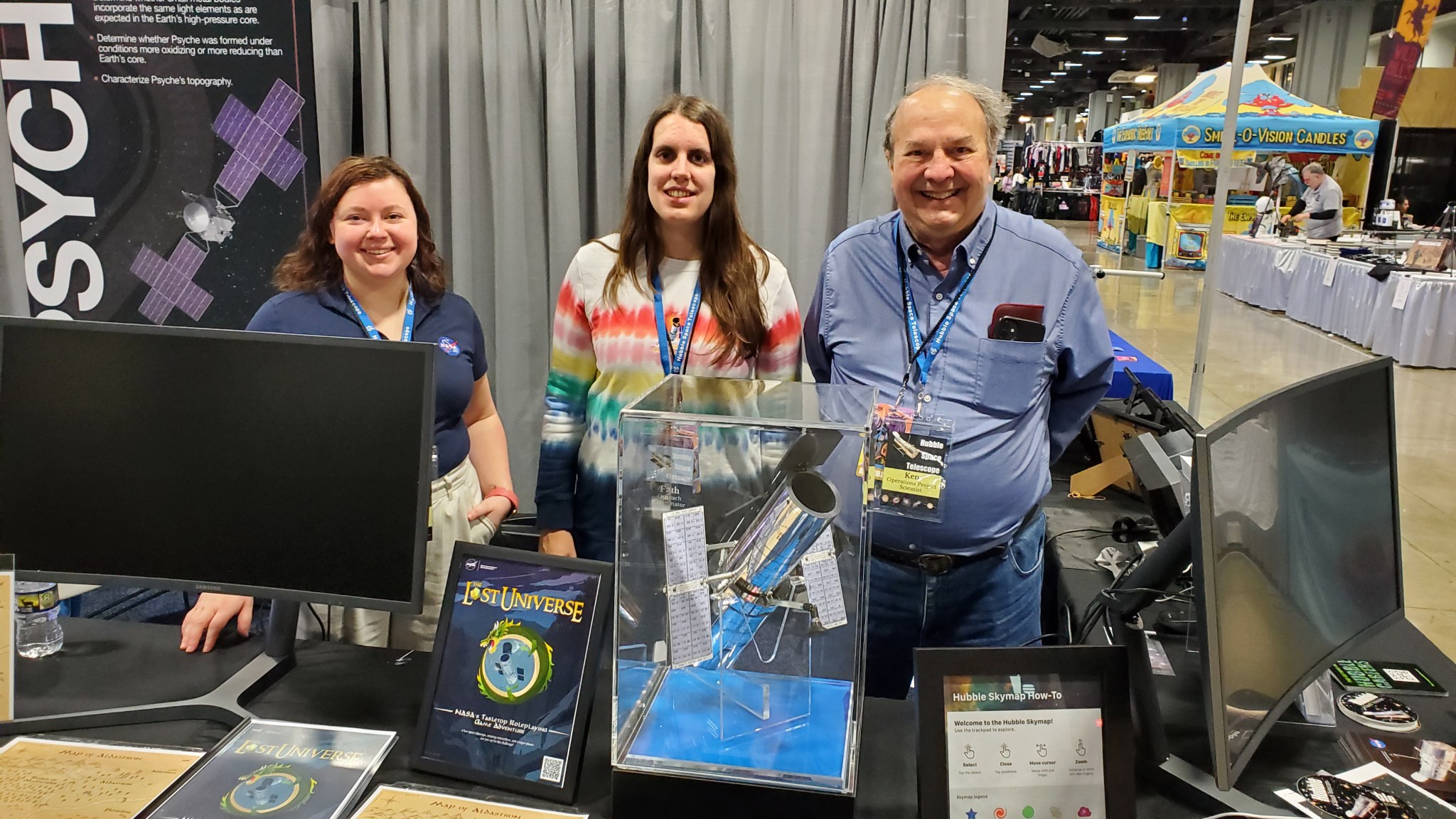 “One of the most fun parts of my job is talking to people. I enjoy enabling Goddard’s world class science, but I really enjoy seeing a kid’s eyes light up with excitement when explaining some of our cool discoveries,” said Ken (right), shown here at an AwesomeCon booth with Christina Mitchell (left) and Faith Vowler (middle).Courtesy of Ken Carpenter How did your work on Hubble lead to your involvement in bringing the Roman project forward?
“One of the most fun parts of my job is talking to people. I enjoy enabling Goddard’s world class science, but I really enjoy seeing a kid’s eyes light up with excitement when explaining some of our cool discoveries,” said Ken (right), shown here at an AwesomeCon booth with Christina Mitchell (left) and Faith Vowler (middle).Courtesy of Ken Carpenter How did your work on Hubble lead to your involvement in bringing the Roman project forward?
My experience in Hubble’s operations and ground systems led me to get involved with the same for Roman at a very early stage. I was involved in developing the early concepts for Roman and helping it get selected as an official NASA mission. I was in the right place at the right time again. This is another example of taking advantage of an opportunity as it presented itself.
What is your role as the NIAC fellow and principal investigator for the AeSI mission concept study?
I was recently selected as a NIAC fellow to study the possibility of building an interferometer on the surface of the Moon in conjunction with the Artemis campaign. An interferometer is an array of telescope mirrors that work together. A large baseline means that the outer diameter of this array will be about one-third of a mile. We are investigating whether the Artemis infrastructure makes building this on the Moon competitive with, or better than, building such a telescope in free-space.
NIAC fellows are selected to lead visionary studies for technically challenging mission concepts and technologies. We are selected under a NASA-wide program that offers three levels of study. My 2024 Phase One NIAC study is one of only 13 accepted in 2024. We proposed our study four years in a row before we were finally awarded the study this year, reinforcing the lesson that persistence and patience are often needed to achieve great things.
You do a lot of outreach. What is your message?
I do a lot of public outreach, in particular for Hubble, Roman and our new NIAC program. This includes talks and exhibit tables at middle schools, high schools, astronomy societies, and large sci-fi and pop culture conventions, including DragonCon and AwesomeCon.
I try to convey to the audience the excitement of the science results from our various missions and about NASA’s plans for future missions. At schools, I often talk about paths to working at NASA and the job of working here. I point out that NASA needs people with a wide variety of skills, not just scientists and engineers. I usually conclude with an informal question-and-answer period.
One the most fun parts of my job is talking to people. I enjoy enabling Goddard’s world class science, but I really enjoy seeing a kid’s eyes light up with excitement when explaining some of our cool discoveries.
 “Working for Hubble has been an amazing experience and a constant delight,” said Ken, shown here with the Hubble outreach team. “Being involved with enabling Hubble’s ground-breaking science and astronomy has been extraordinarily rewarding for me for more than three decades now.”NASA/Robert Andreoli What is your message as a mentor?
“Working for Hubble has been an amazing experience and a constant delight,” said Ken, shown here with the Hubble outreach team. “Being involved with enabling Hubble’s ground-breaking science and astronomy has been extraordinarily rewarding for me for more than three decades now.”NASA/Robert Andreoli What is your message as a mentor?
I have mentored people from high school through post-doctoral fellows. I try to give them the benefit of some of the lessons I have learned. I tell them not to be afraid to take nontraditional paths and to take a risk if you see something interesting because it might lead to something even better. I also tell them to look for and take advantage of such opportunities and I try to give them opportunities to be part of investigations, to help write papers and to feel involved so that they experience the excitement of a Goddard and technical career in general.
Most of the people I have mentored have gone on to very exciting careers in astronomy and related fields. Perhaps the most unexpected and exciting result of mentoring for me was a Harvard undergraduate studying astronomy who turned into a deep-sea explorer, a scientist of a different sort.
What are your hobbies and interests?
I am an amateur photographer of landscapes and also of my everyday experiences and travels. I am also very enthusiastic about all things related to Disney and Star Trek. My Disney fandom includes loving the films and also traveling to their theme parks as often as life permits. If I was not an astronomer, I like to think I might have become a Disney Imagineer, someone who conceives of and designs their attractions and experiences.
As a Trekkie, I attend sci-fi and pop culture conventions, and now I give science talks at them too. I know the science adviser to the modern Star Trek series, and we talk constantly about the synergies between Trek and NASA. I have met over the years a fair number of the stars from all of the series. After 50 years of fandom, this is very neat. Star Trek has always inspired me!
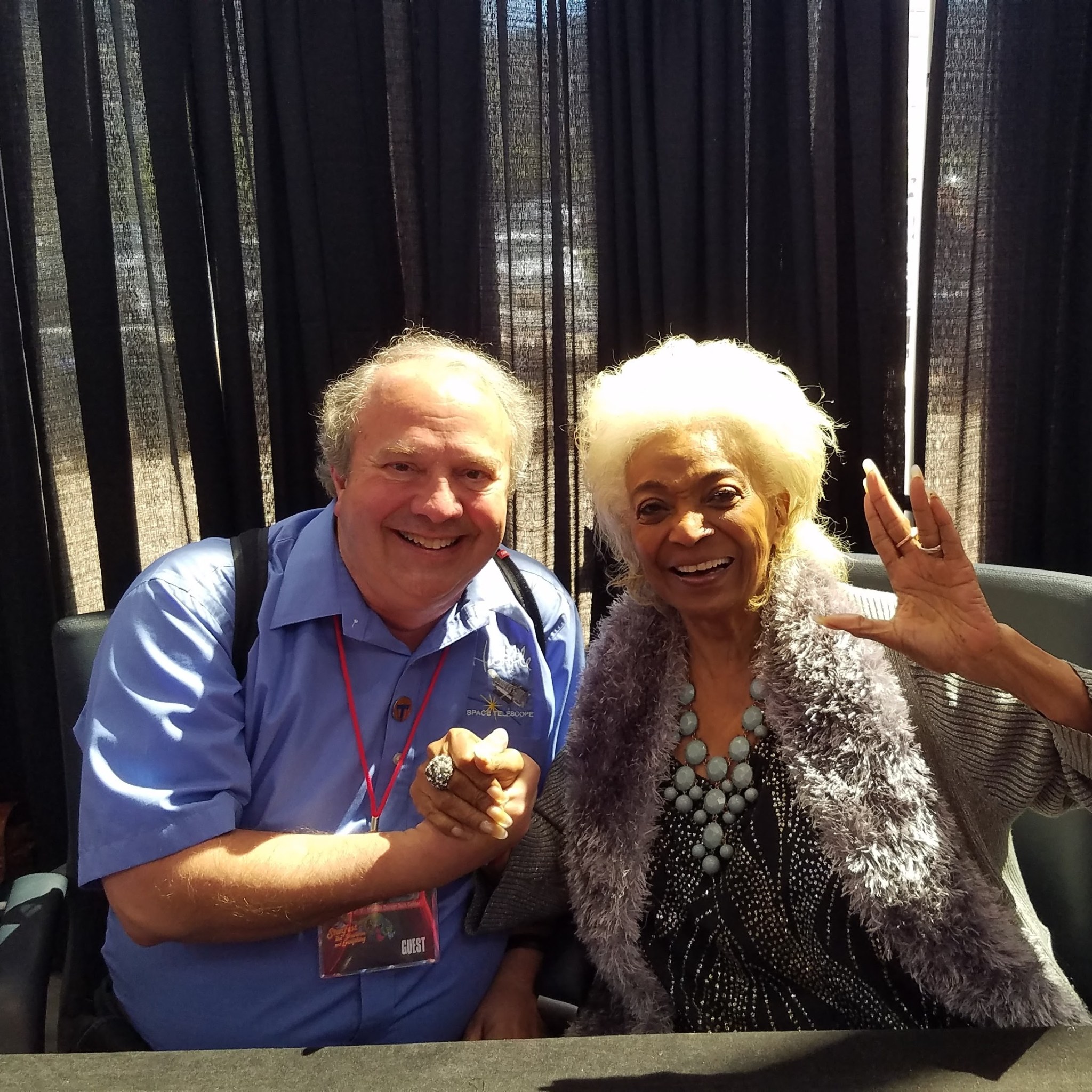 “Growing up, I read a lot of science fiction, said Ken, shown here with actor Nichelle Nichols, who played Lt. Uhura on the original Star Trek series. “The original Star Trek series greatly inspired me,” he said.Courtesy of Ken Carpenter ‘Star Trek’ Adviser Discusses Sci-Fi’s Real Science at NASA Goddard I also enjoy exploring the past through attending Renaissance festivals. I am lucky that the Maryland Renaissance Festival is one of the top festivals in the county and easy for me to access!
“Growing up, I read a lot of science fiction, said Ken, shown here with actor Nichelle Nichols, who played Lt. Uhura on the original Star Trek series. “The original Star Trek series greatly inspired me,” he said.Courtesy of Ken Carpenter ‘Star Trek’ Adviser Discusses Sci-Fi’s Real Science at NASA Goddard I also enjoy exploring the past through attending Renaissance festivals. I am lucky that the Maryland Renaissance Festival is one of the top festivals in the county and easy for me to access!
What inspired you to become an astronomer?
Growing up, I read a lot of science fiction. The original Star Trek series greatly inspired me. I also visited the 1964-1965 New York World’s Fair, which showed us the wonderful possibilities for the future that science and technology might create. This was before the internet and was a place where one could see one of the first color TVs, a very early edition Frisbee and be shown many other wonderful things that science and technology would contribute to our exciting future. They even had a Space Park with a rocket garden and memorabilia of the early space programs.
Walt Disney built some of the most popular attractions at the fair and brought them back to his theme parks after the fair ended. This included “It’s a Small World”, the first animatronic Abraham Lincoln, the Ford exhibit that featured cars going through ancient landscapes and seeing “live” animatronic dinosaurs, and the Carousel of Progress, which has the audience revolving around a central area with multiple stages to show how technology supports improvements in everyday living, as houses went from having ice boxes to talking refrigerators.
What got me into the library to pick up an astronomy book for the first time was a particular Star Trek episode during their second season called “Who Mourns for Adonais.” It included a reference to a star named Beta Gem (Pollux) and I wanted to see if it was a real star. In the process of going to the library and confirming the name was real, I also picked up an astronomy book, which hooked me immediately. From that point on, I wanted to be an astronomer. I was around 13. Fifty-plus years later, I actually met the actor, Mike Forest, who guest starred in that episode as the Greek god Apollo, and my mind was appropriately blown!
Who would you like to thank?
I would like to thank my wife Susan and our children David and Bryce for their support over the years including tolerating my long hours at work and their unwavering support as I pursued my dreams in exploring the universe and working at NASA. I could not have done all this amazing work without their love and support.
Beyond the immediate family, there are of course many, many others who have helped steer me through this amazing career and all have my thanks even if I can’t include them here. In particular I want to note folks who helped me so much during my “early career” stages, from Bob Wing at The Ohio State University, Jeff Linsky at the University of Colorado, and Sally Heap and Steve Maran at NASA Goddard. All were instrumental in ensuring my successful entry into the NASA universe.
What are your two favorite phrases that you live by?
“Dreamers need to stick together.” This is from the 2015 Disney movie “Tomorrowland,” one of my favorite movies of all time.
I would also add “IDIC,” for “Infinite Diversity in Infinite Combinations,” which is a Star Trek phrase expressing its core philosophy that people of all different cultures can work together in peace to create a wonderful and accepting future.
 Conversations With Goddard is a collection of Q&A profiles highlighting the breadth and depth of NASA’s Goddard Space Flight Center’s talented and diverse workforce. The Conversations have been published twice a month on average since May 2011. Read past editions on Goddard’s “Our People” webpage.
Conversations With Goddard is a collection of Q&A profiles highlighting the breadth and depth of NASA’s Goddard Space Flight Center’s talented and diverse workforce. The Conversations have been published twice a month on average since May 2011. Read past editions on Goddard’s “Our People” webpage.
By Elizabeth M. Jarrell
NASA’s Goddard Space Flight Center, Greenbelt, Md.

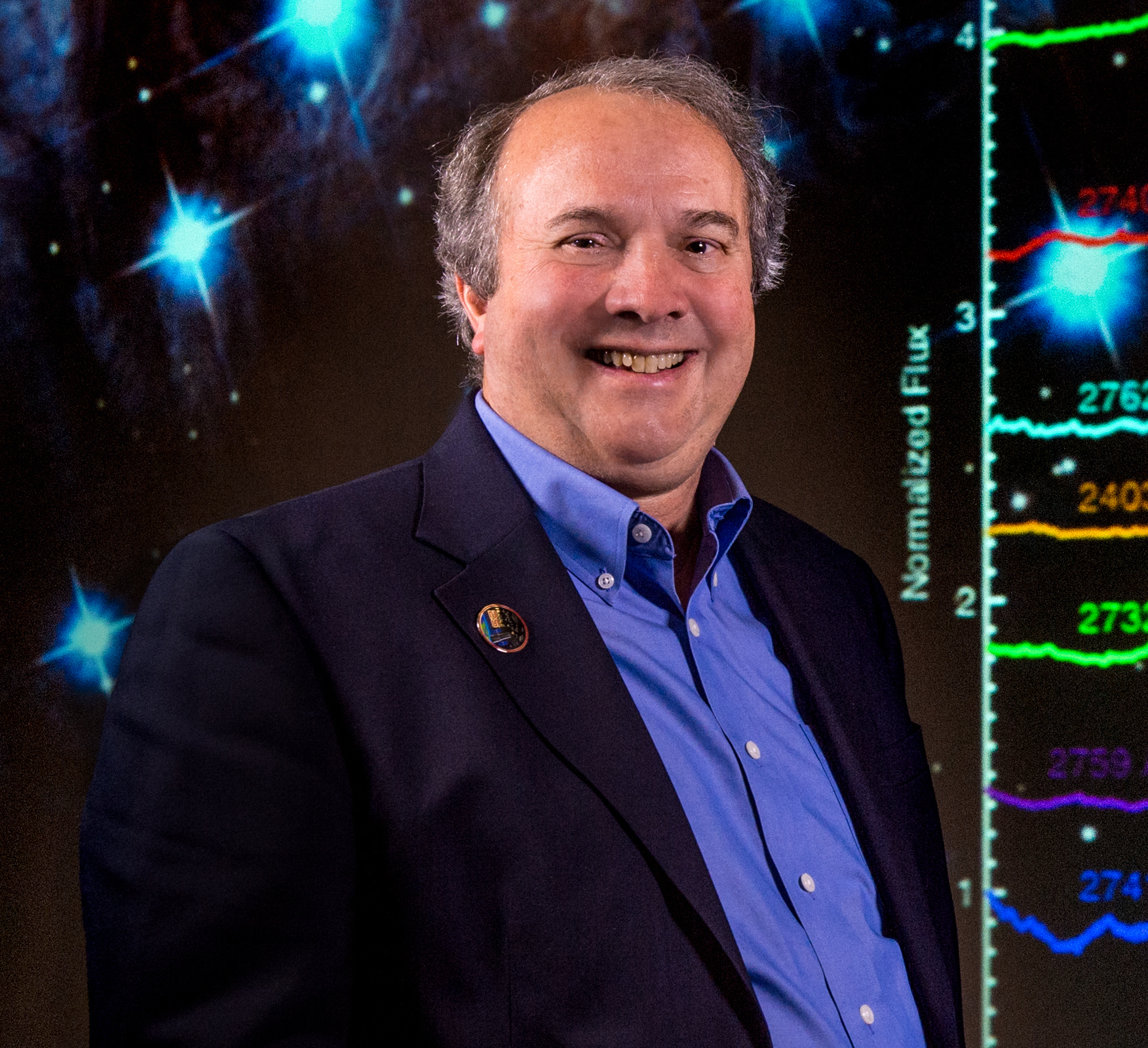
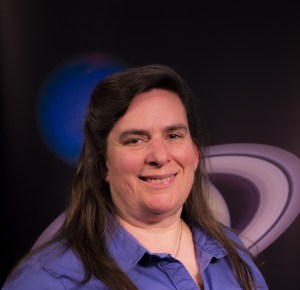 6 min read Lynn Bassford Prioritizes Learning as a Hubble Mission Manager Lynn Bassford levels decades of experience and a desire for self-growth as she helps lead…
6 min read Lynn Bassford Prioritizes Learning as a Hubble Mission Manager Lynn Bassford levels decades of experience and a desire for self-growth as she helps lead…
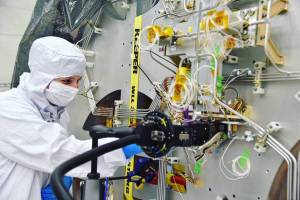 5 min read Melissa Harris: Propelling Space Telescopes Toward Success Melissa Harris is an engineer working on the propulsion system for the Nancy Grace Roman…
5 min read Melissa Harris: Propelling Space Telescopes Toward Success Melissa Harris is an engineer working on the propulsion system for the Nancy Grace Roman…
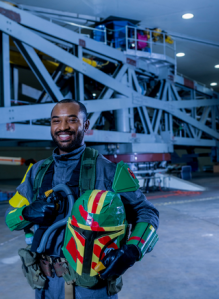 6 min read Glenn Bazemore: Professional Problem-Solver Glenn Bazemore is a mechanical engineer working on the Nancy Grace Roman Space Telescope Team.…
6 min read Glenn Bazemore: Professional Problem-Solver Glenn Bazemore is a mechanical engineer working on the Nancy Grace Roman Space Telescope Team.…
